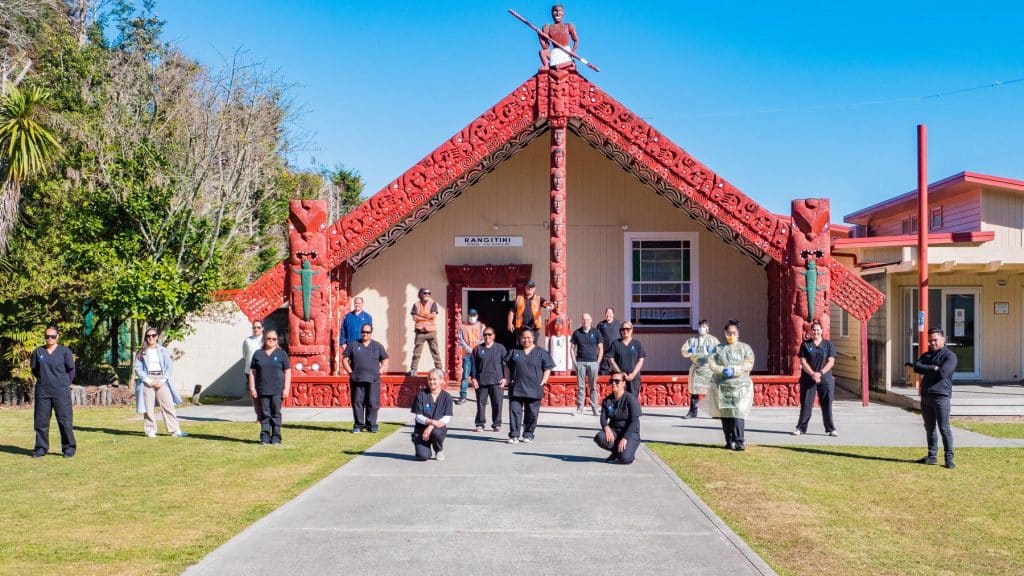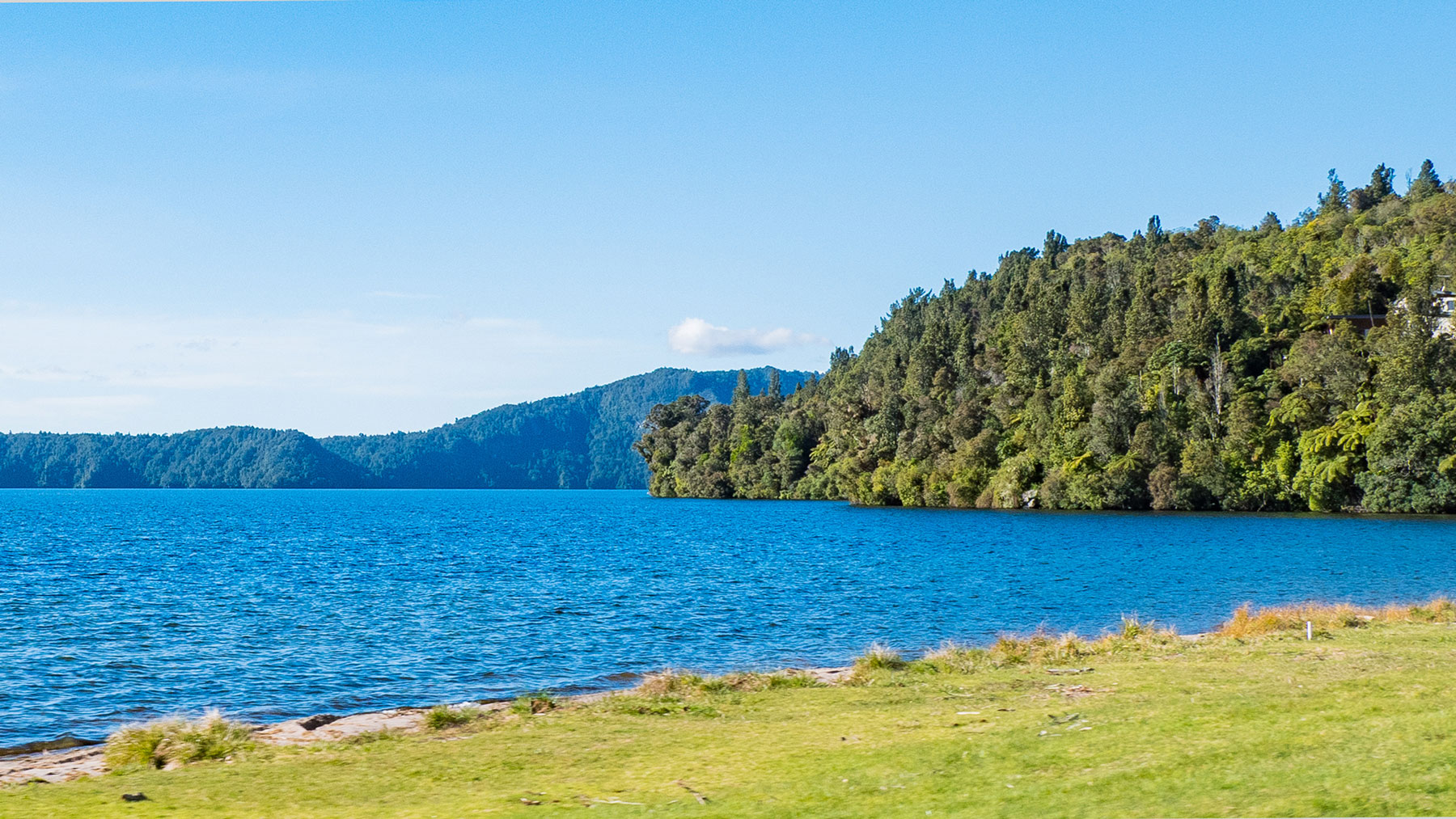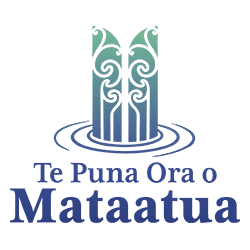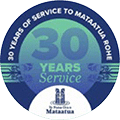Te Arawa and Mataatua have a long history of collaboration. You only need to visit Rotoiti and Ngāti Pikiao to realise this.
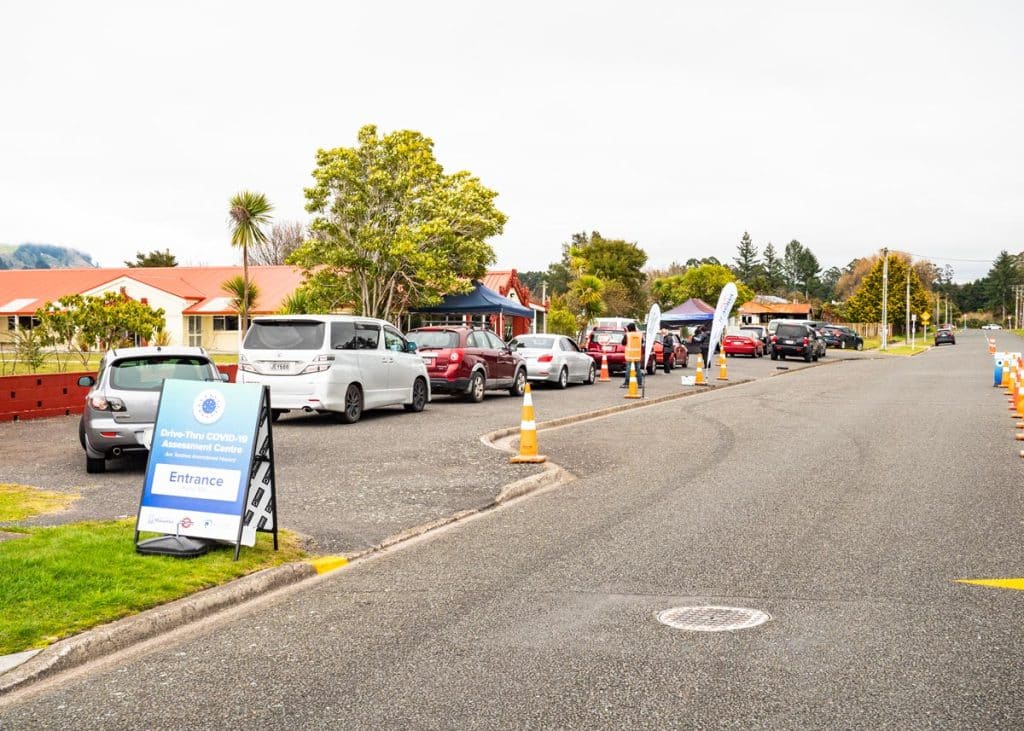
And this year, Te Puna Ora o Mataatua was able to add to this legacy when it helped Te Arawa with its COVID-19 response and setting up Community Based Assessment centres in Rotorua.
In March, 2020, matter of hours after Prime Minister Jacinda Ardern announced the Alert Levels system as a result of the COVID-19 pandemic and placed the country straight into Level 2, Te Puna Ora o Mataatua was required to set up an off-site testing station within 24 hours.
There was a fast learning curve 2020 for Te Puna Ora o Mataatua. It was these lessons that allowed Te Puna Ora o Mataatua to support its community and then offer help to other organisations outside of the Eastern Bay with their COVID-19 response.
There were no models because no one had ever set up a Community Based Assessment Centre (CBAC) and everything had to be built from scratch but that didn’t stop Te Puna Ora o Mataatua from taking on the challenge.
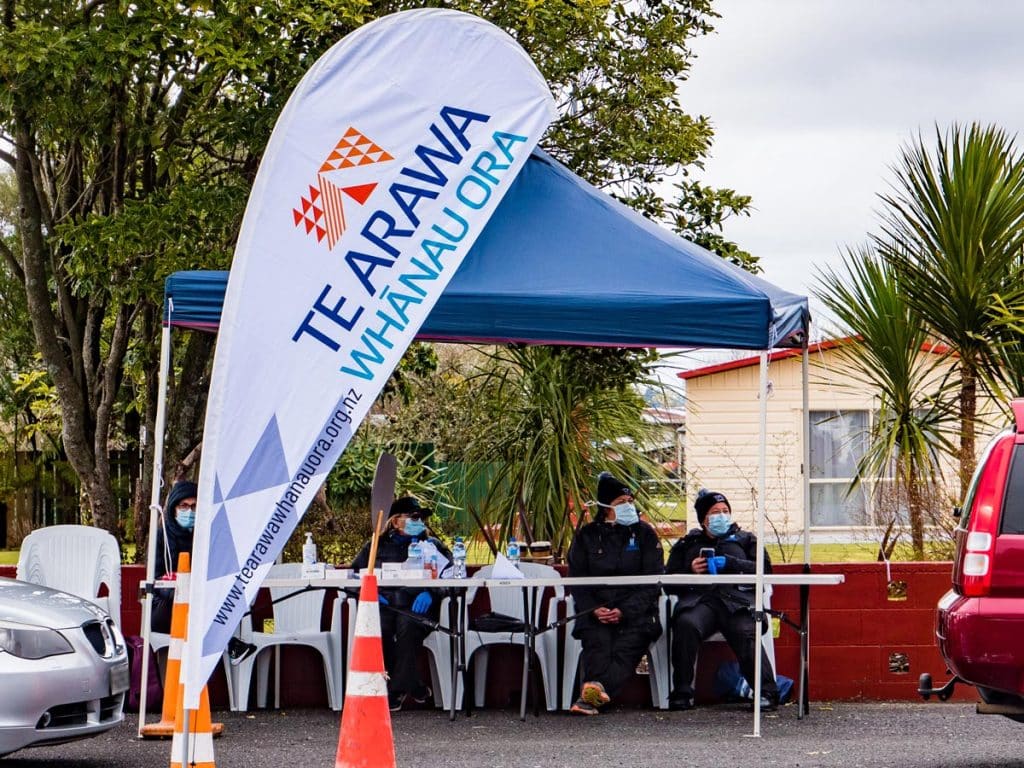
Te Puna Ora o Mataatua Chief Executive Dr Chris Tooley says traditional infection control procedures developed by the Ministry of Health and District Health Boards didn’t recognise that this could be delivered through a mobile platform and therefore a new model was required.
“Within a couple of weeks of lockdown, we noticed our whanau were not coming in to get tested. The model of siloed fixed healthcare sites has always shown to fail and in our communities, these were no different.
“We noticed that our Māori whanau were just not coming especially from our rural and isolated communities. The issue is that we need to improve our engagement and access – hence the concept of mobile units.”
Set up to test people for COVID-19 and provided any needed support, mobile units travelled around region from Matatā to Murupara to Waikaremoana and everywhere in between. Dr Tooley says it was taxing but rewarding mahi.
“Working in four-hour windows, staff would test more people in remote isolated townships than would pass through the Tauranga Community based assessment centre on any given day.”
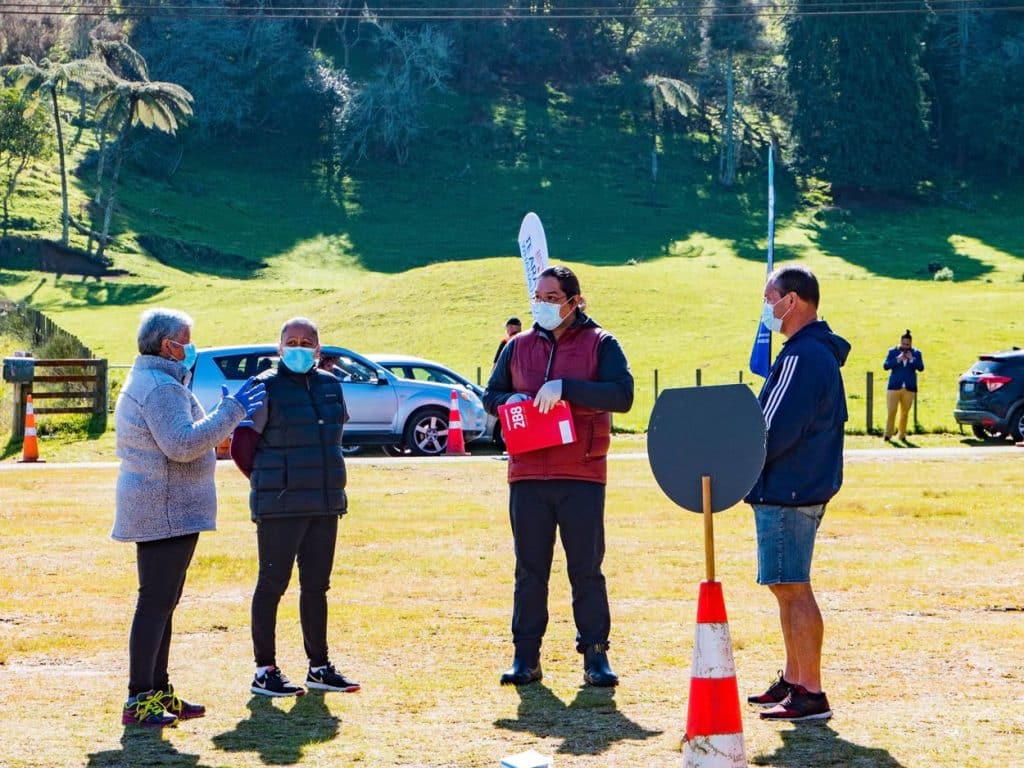
Dr Tooley says this also allowed Te Puna Ora o Mataatua to provide its wrap-around services to those turning up to the mobile units and it is something that makes him incredibly proud.
“It has been the Māori providers’ ability to help whanau sustain their bubbles that has been the real achievement of the country’s success so far.
“To the obvious things providers did, like kai packs, firewoods, free prescriptions, helping with travel and hygiene boxes to the less obvious support like triaging addiction relapses over the phone or working with police with domestic call-outs as a result of COVID-10 pressures. We were there to help.”
And, now that New Zealand has moved to Level 1, Te Puna Ora o Mataatua has implemented its surveillance model. Dr Tooley says this allows asymptomatic people, who volunteer, to be tested including those working in councils, kohanga, marae, papermills and kiwifruit packhouses. He says this part of the plan will help to continue to protect the Eastern Bay from COVID-19 and potential lockdowns.
“But let me describe the wider scenario. Imagine there is a cluster outbreak in Rotorua, Tauranga or Whakatāne. How do the other two locations stop from being captured in a regional lockdown if one of the others has a cluster?
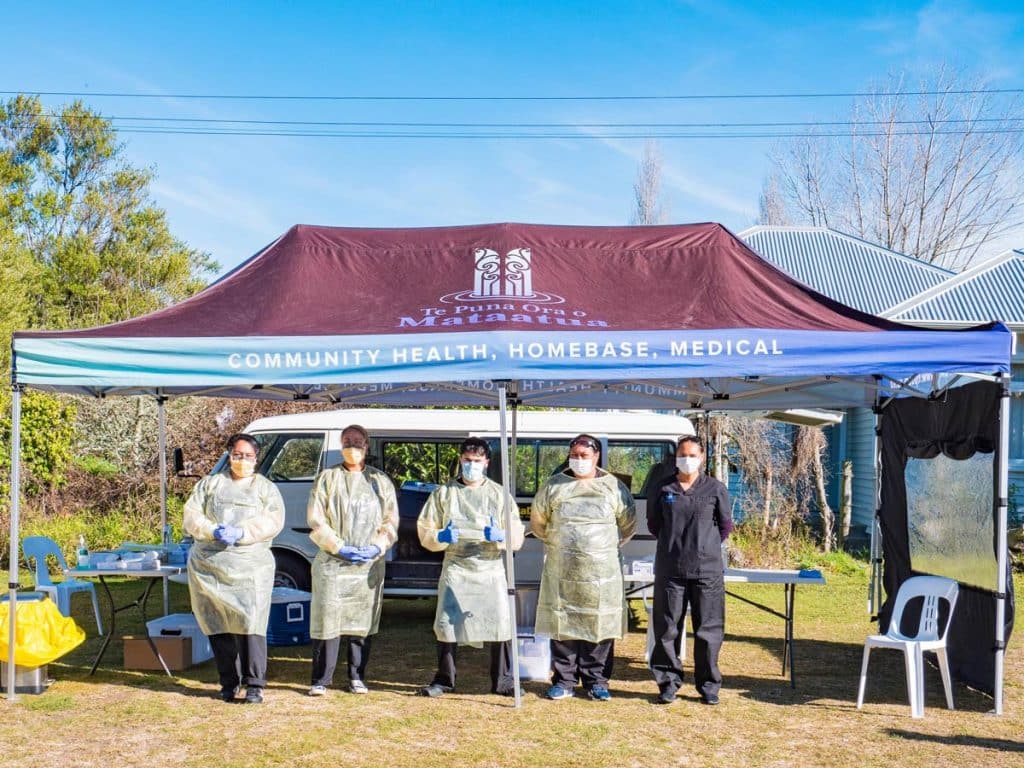
“The answer is surveillance. The more surveillance data that shows a critical mass of asymptomatic people in the population, the better chance of that area not being captured in any potential lockdown to stop the spread of illness.”
And, all this learning has come in handy. Earlier this year, Te Puna Ora o Mataatua received a call from representatives within Te Arawa requesting help to set up their community-based assessment centres.
Staff from Te Puna Ora o Ora spent two days in Rotorua at Taheke and Waiteti marae, helping to train Te Arawa health professionals and sharing their knowledge about the processes including the setting up mobile testing centres.
Dr Tooley says Te Puna Ora o Mataatua was able to support Te Arawa and strengthen connections with other Māori providers.
“We offered another form of engagement through an equity kaupapa and Māori kaupapa as well as a Whānau Ora approach. Our staff helped them deliver kai packs to Te Arawa whanau who required support and that was cool, and then we trained up their staff at their Whānau Ora Providers like Te Korowai Aroha with our kaupapa and systems.
“From there they were able to get contact and engagement and they are working towards a funding contract with our support.”
